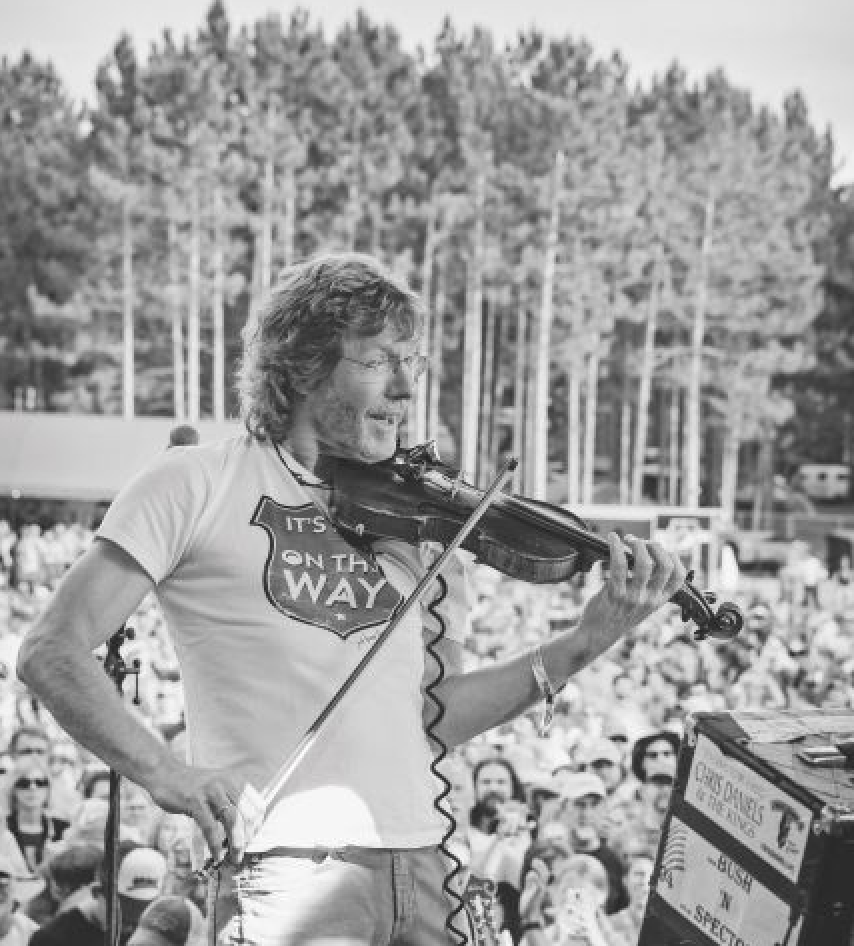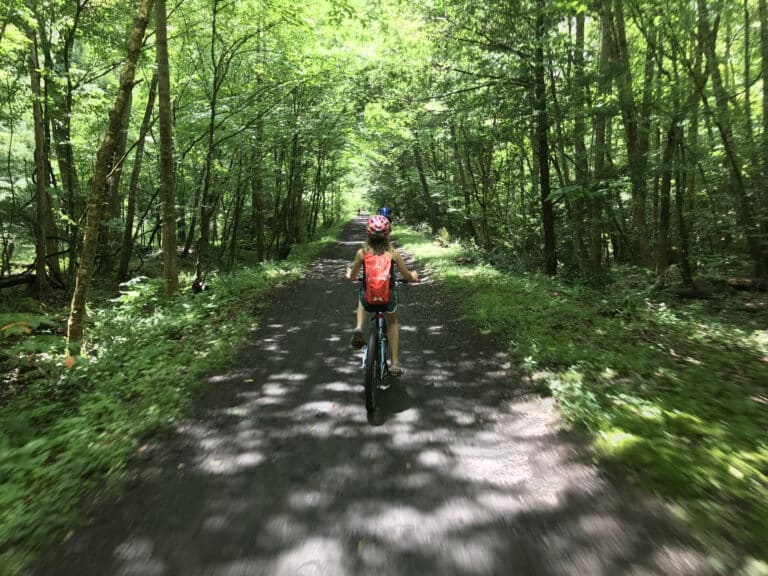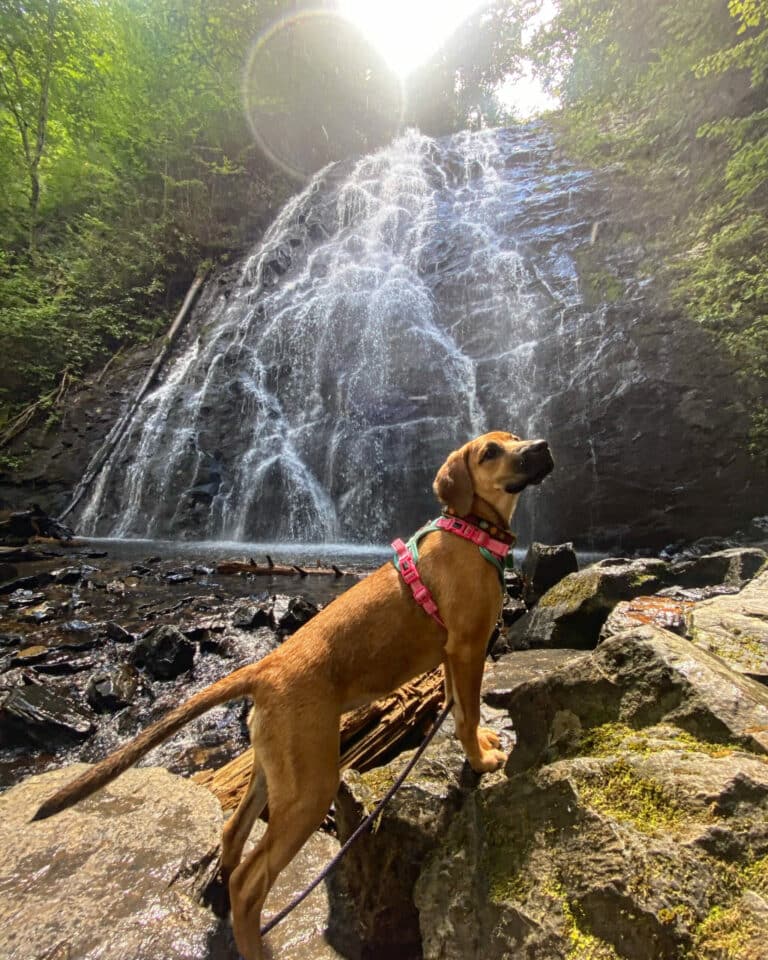Sam Bush may not be a household name, but among bluegrass fans and in the broader roots music world, he’s a hero of the highest order. Beyond his well-known instrumental mastery on both mandolin and fiddle, he’s regarded as an innovator in his genre; one of the first musicians to give traditional bluegrass an experimental edge and infuse it with elements of rock and jazz. Back in 2010, Bush’s musical contributions were recognized by his native Kentucky, where the state legislature passed a resolution naming him the “Father of Newgrass,” after the progressive string style he pioneered.
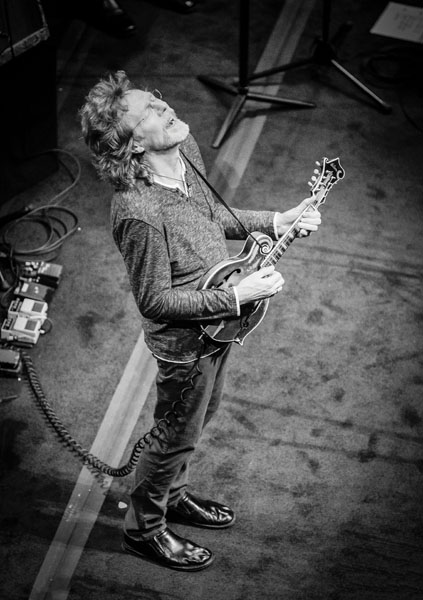
Throughout his five-decade career, the multiple Grammy-winning Bush has played with a range of different musical configurations, first gaining acclaim in the 70s and 80s with New Grass Revival, a band that also included Bela Fleck and John Cowan. He also spent time in Emmylou Harris’ group, the Nash Ramblers, and toured as a sideman with Lyle Lovett, not to mention his collaborations with fellow longstanding bluegrass greats like David Grisman, Tony Rice, and Jerry Douglas. In 1996 Bush put together his own band and has been a fixture at festivals and rock clubs under his own name ever since. While watching Bush on stage, it’s hard to believe he’s 64 years old, as he bobs around with Springsteen-like endurance and often stretches songs with lengthy improvised solos. His infectious energy adds a level of excitement to witnessing his nimble-fingered dexterity.
Earlier this summer Bush released his eighth solo album, Storyman, an effort that finds him complementing his instrumental prowess with attention to song craft. He co-wrote all 11 tracks on the new album with a range of musical friends, including the recently departed Guy Clark, who helped Bush take a light-hearted approach to past health struggles on the hill country shuffle “Carcinoma Blues.” Bush also reunites with Harris to pine for the old days of the Opry through witty commentary in the dusty shuffle “Handmics Killed Country Music.” The real winner, though, is “Transcendental Meditation Blues,” a windows-down reminiscence about Bush taking a sweaty bus ride to Louisville to meet a girl who would become his wife of 31 years. It precedes “Greenbrier,” a ripping instrumental that proves Bush can’t resist shredding his mando, even when he’s being sentimentally reflective.
GARCIA LIVES ON
August 9 marks 21 years since Jerry Garcia died at the age of 53. In the two decades since his passing, the iconic singer-guitarist’s music has never stopped. His bandmates in the Grateful Dead have continued to roll on, revisiting the band’s large catalogue in a variety of different incarnations; recently Dead and Co., featuring three Dead members and John Mayer in the Garcia role, finished a lengthy summer tour.
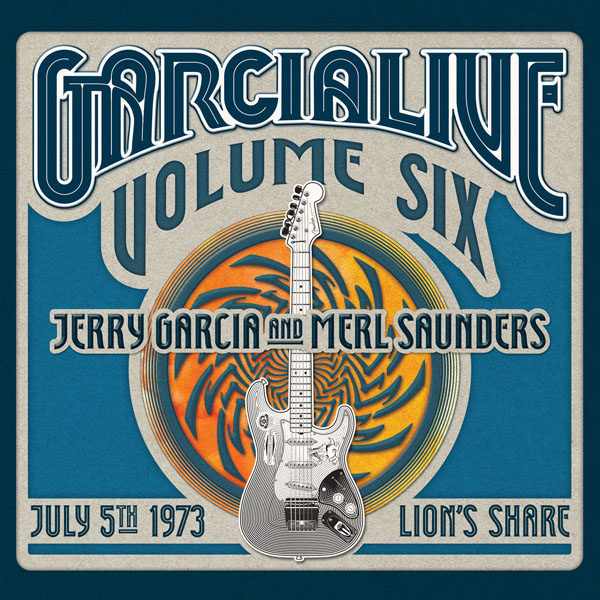
Less widely known is Garcia’s work outside the Dead, which included his own Jerry Garcia Band and the bluegrass group Old and in the Way with Peter Rowan and David Grisman. An ongoing series of releases, GarciaLive, has been highlighting his side project work, the latest of which just surfaced this summer. Volume 6 focuses on Garcia’s longtime collaboration with the late keyboardist Merle Saunders, a versatile player whose resume included work with Bonnie Raitt and Miles Davis. The new live release highlights an intimate 1973 show that features Garcia and Saunders playing with a tight rhythm section (bassist John Kahn and drummer Bill Vitt) in front of just 200 people at a small club, Lion’s Share, just north of San Francisco.
Different from the Dead’s broad, roots-based psychedelia, the quartet keeps it lean and soulful throughout a covers-heavy set list. Kahn and Vitt lay down steady, head-bobbing grooves, while Saunders inserts colorful organ fills in between Garcia’s slicing funk chords and crisp solos. The small configuration doesn’t prevent Garcia and crew from stretching out; a free-form version of the jazz standard “My Funny Valentine” wanders into sonic space for more than 19 minutes, The jam journeys are brought back to earth by shorter songs, like Garcia’s version of “The Night They Drove Old Dixie Down,” which he delivers as a barroom ballad in his heartfelt, aching voice. The whole show is an artifact of a musical legend getting back to basics in a loose, informal setting.
Related Content:
